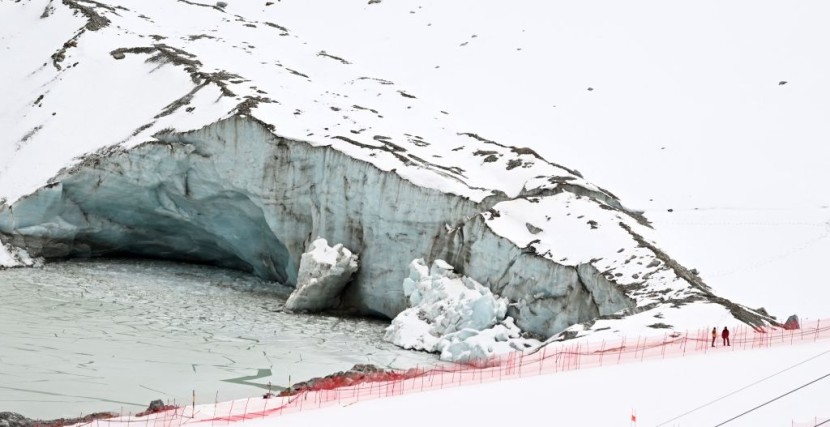
Discovery of unknown Ice Age Europeans who lived through the worst parts of the last glacial maximum, despite surviving the worst of the earth's frigid era only to die out when warm weather started 15,000 years ago.
Ice Age European Lineage Remains Hidden
Scientific disclosure shows the DNA of these ancient Europeans who were hunter-gatherers, as reported by Live Science.
About 100,000 years, the earth was a snowball that covered Europe, where humans migrated freely. It was 45,000 years ago when early visitors traveled to Europe via Africa through the near east. the coldest temperatures of the Last Glacial Maximum from 25,000 to 19,000 years ago were recorded. Scientists found tools the ancient peoples used as artifacts left where they resided according to Science.
Genetic Study Reveals Secrets of Ancient Human DNA
Ancient genomes from 356 hunter-gatherers that existed between 35,000 and 5,000 years ago in the Eurasian region, which reveals the Gravettian culture, were analyzed. These cultures flourished in Europe about 33,000 and 26,000 years ago with two different genetic groups. They shared the same art and weapons, remarked lead author Cosimo Posth from the University of Tübingen in Germany.
Read Also: Stonehenge Toolkit Shows High Degree of Gold Artisanship in the Bronze Age 4,000 Years Ago
Several locations of the Gravettian lineage called Fournol from a French location as the first genetic cluster in France and Spain. Another cluster is Věstonice in a Czech site extending from the Czech Republic to Italy.
Fournol origins from Aurignacians are the first hunter-gatherer culture from 43,000 to 33,000 years ago. Věstonice came from the Kostenki and Sunghir groups in the east of western Russia, where the Aurignacians lived.
Fournol would lay their dead inside caves and cut the bones of the corpses. The Věstonice were more elaborate with funerary practice than the Fournol. Věstonice had funeral goods, and personal ornaments, with red mineral ochre and placed the dead in open-air graves or cave sites; proof from 116 buried individuals backed up the findings.
Physical Differences Between Two Lineages
The Ice Age people had darker skin and eyes, which later lineages followed. But the author said there is no way to know for sure due to other genes. Fournol genetic signature survived the ice age of about 20,000 years in Spain and France to disperse later.
Věstonice disappeared through Italy, where the Gravettian survived the coldest parts of the Last Glacial Maximum. They made up the Epigravettian culture much later when the sheet ice retreated but disappeared. Another group, the Epigravettians, came from the Balkan region in Italy as far back as 17,000 years ago.
The Fournol and Věstonice developed the Magdalenians and Epigravettians in Europe over time, showing how the human genome varied cited Nature. This genetic study traced previous lineages of Ice Age Europeans like the Fournol and Věstonice, revealing people changed.
Related Article: Scientists Suggest Bering Land Bridge Existed Before the Last Ice Age, Rewriting Earth's Geological History








